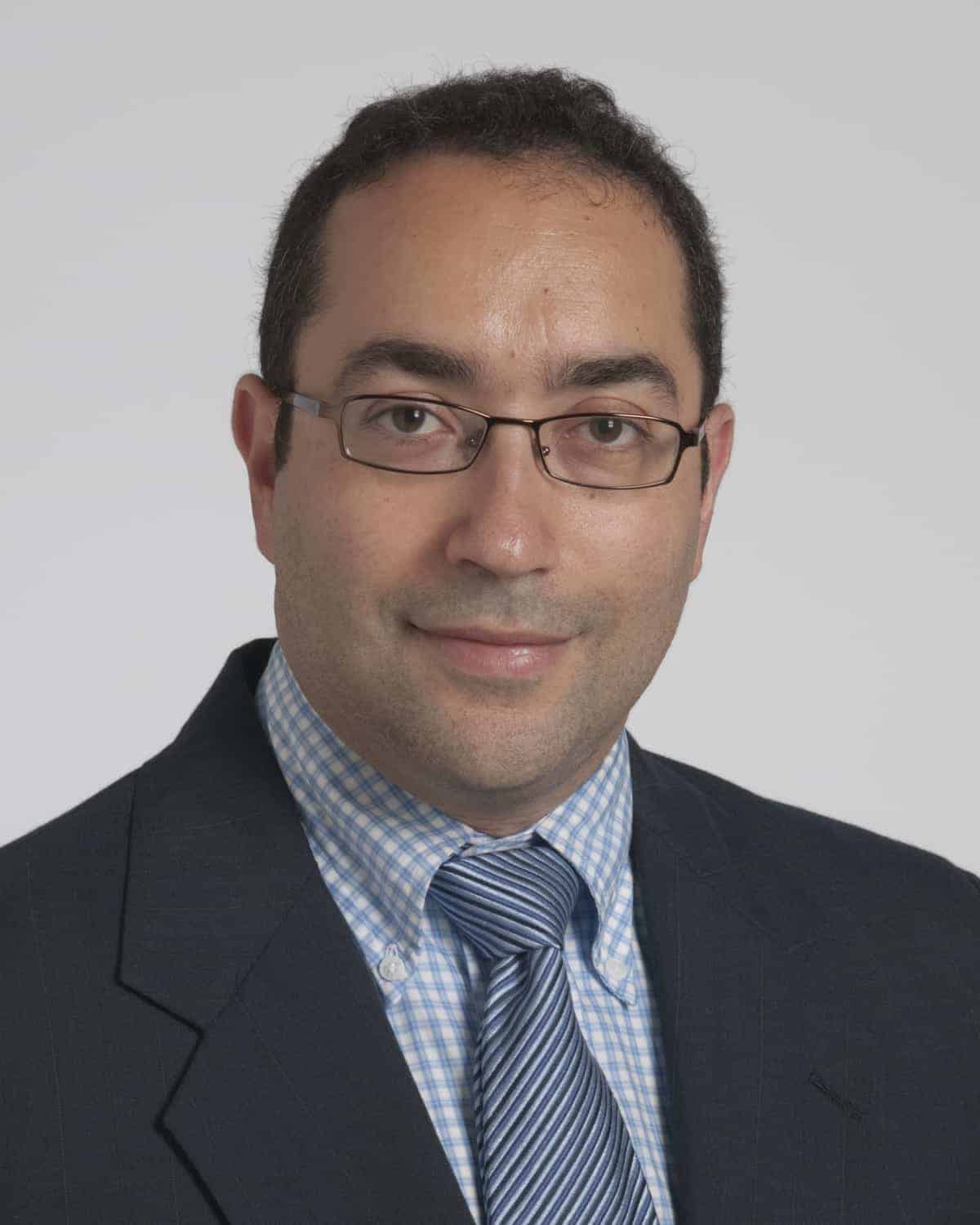When medications are ineffective, catheter-based ablation has become a treatment of choice for drug resistant paroxysmal atrial fibrillation (AF), a common cardiac arrhythmia that is associated with increased morbidity and mortality. However, there are currently no optimal ablation strategies for use in patients with persistent AF. Various ablation strategies conducted in patients with persistent AF have had disappointing outcomes.
Does Timing Matter?
AF is progressive in nature, and advanced atrial remodeling significantly contributes to persistence of the arrhythmia. For a study published in Circulation: Arrhythmia and Electrophysiology, Oussama M. Wazni, MD, and colleagues tested a hypothesis that longer diagnosis-to-ablation times are major determinants of ablation outcomes and are in direct association with pathways of atrial remodeling in patients with persistent AF undergoing catheter ablation. “We assessed the success of AF ablation in those with persistent disease as a function of the time interval between the very first diagnosis and the ablation procedure,” says Dr. Wazni. The study also looked at the impact of multiple markers of AF-related remodeling and their relationship to chronicity of the arrhythmia.
After assessing 2-year outcomes in more than 1,200 patients with persistent AF who underwent ablation for the first time, the research team found that there was a significant increase in AF recurrence rates for patients who had longer diagnosis-to-ablation times. Conversely, shorter diagnosis-to-ablation times were associated with better outcomes. AF recurrent rates were:
- 6% at 1.0 year.
- 6% at 1.1 to 3.0 years.
- 1% at 3.1 to 6.5 years.
- 6% at more than 6.5 years.
“With longer diagnosis-to-ablation times, there was evidence of a greater degree of atrial remodeling,” explains Dr. Wazni. “As patients waited longer to undergo ablation, they were more likely to have higher levels of inflammatory markers and hemodynamic strain. These markers included B-type natriuretic peptide and C-reactive protein levels. In addition, it appears that the left atrium size increases with time.”
Important Implications
Dr. Wazni says findings of the analysis are important for clinicians because they affect decision-making for patients. “The progression of AF reflects the ongoing atrial structural remodeling process, which eventually leads to persistence of the arrhythmia,” he says. “The first diagnosis of persistent AF marks a critical stage in the natural history of the disease. Based on our study findings, time is critical when considering ablation as a treatment approach for these patients.”
Dr. Wazni adds that AF symptoms need to be treated, regardless of the burden of disease. “If medications aren’t working,” he says, “patients should be referred to specialists and consider radiofrequency ablation as a possible treatment approach.” He notes that results of the study add to the increasing body of knowledge about the importance of the atrial substrate in patients with persistent AF. The remodeling process involves multiple pathways that appear to be more prominent with longer diagnosis-to-ablation times.
Oussama M. Wazni, MD, has indicated to Physician’s Weekly that he has worked as a consultant for Biosense Webster.



 PhysWeekly
PhysWeekly